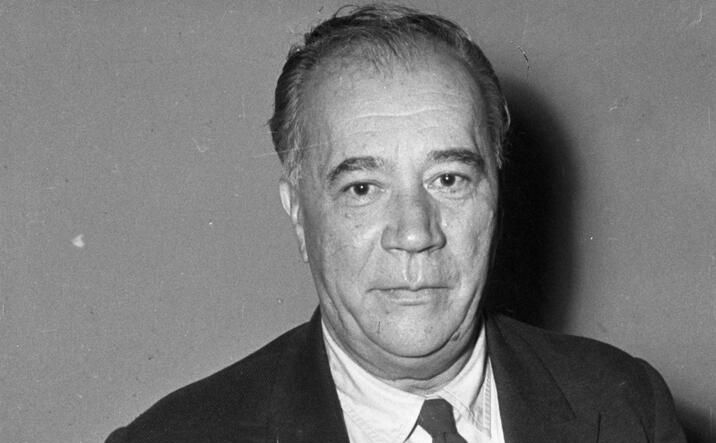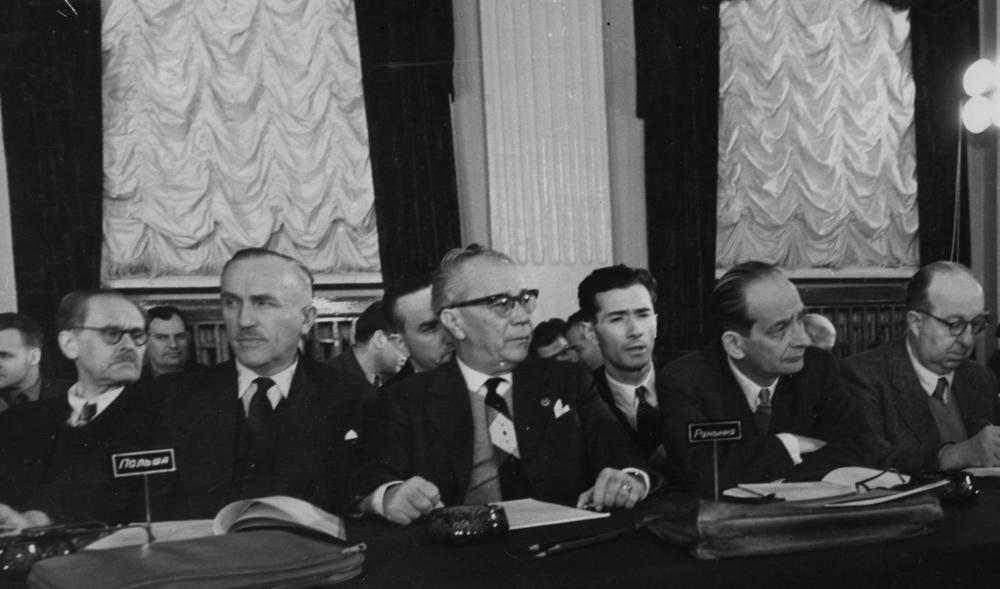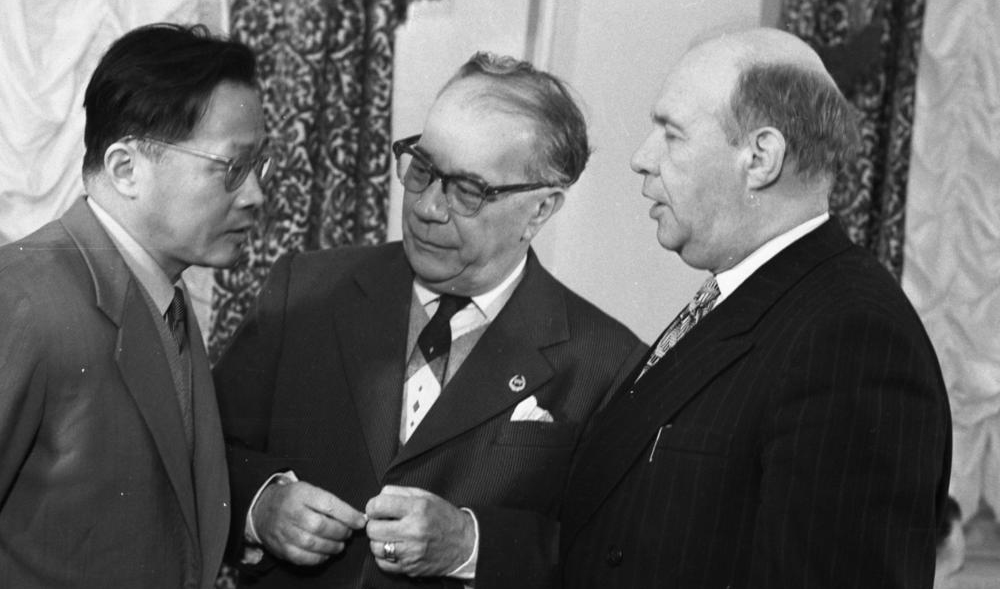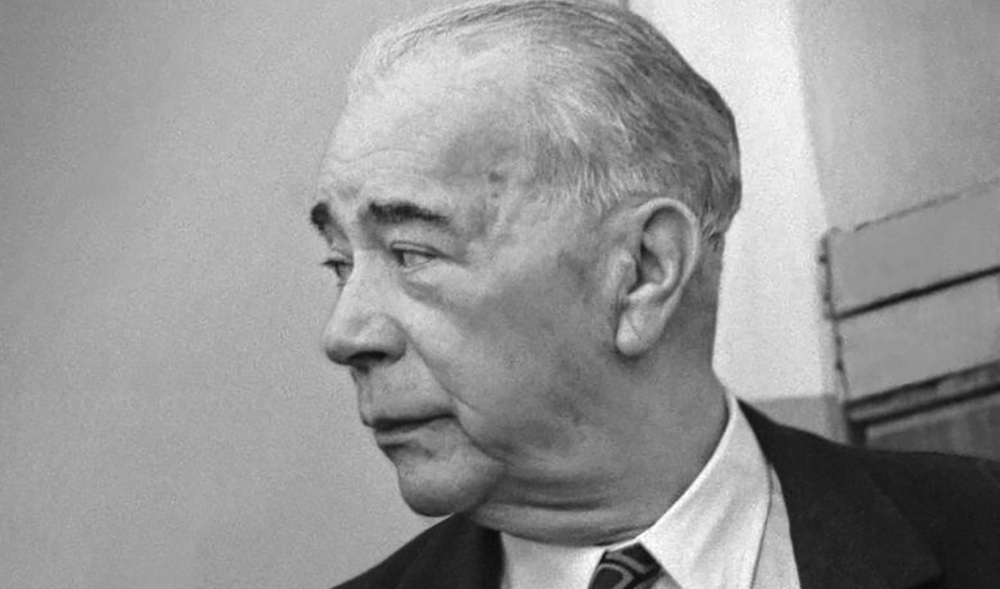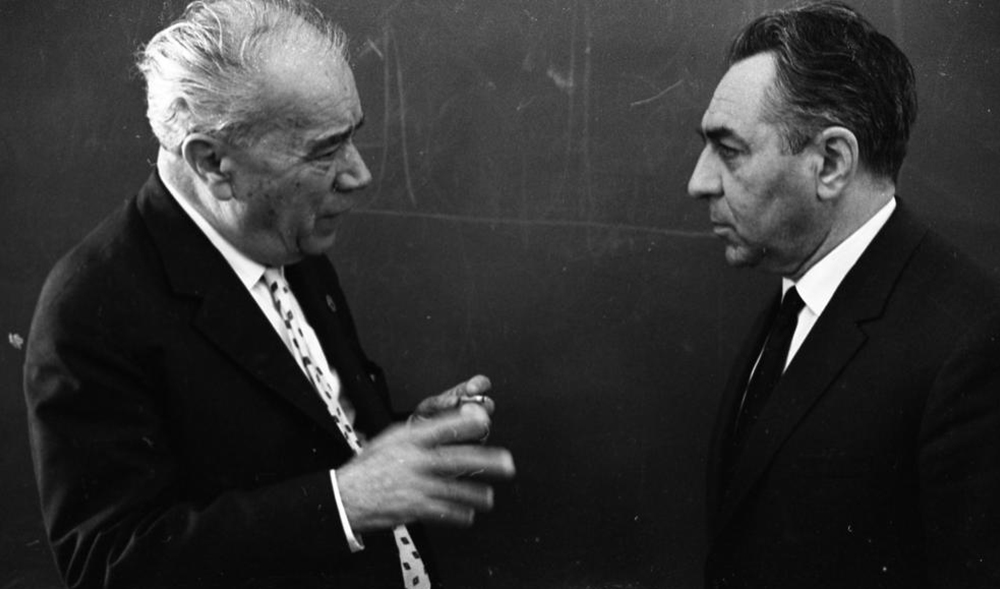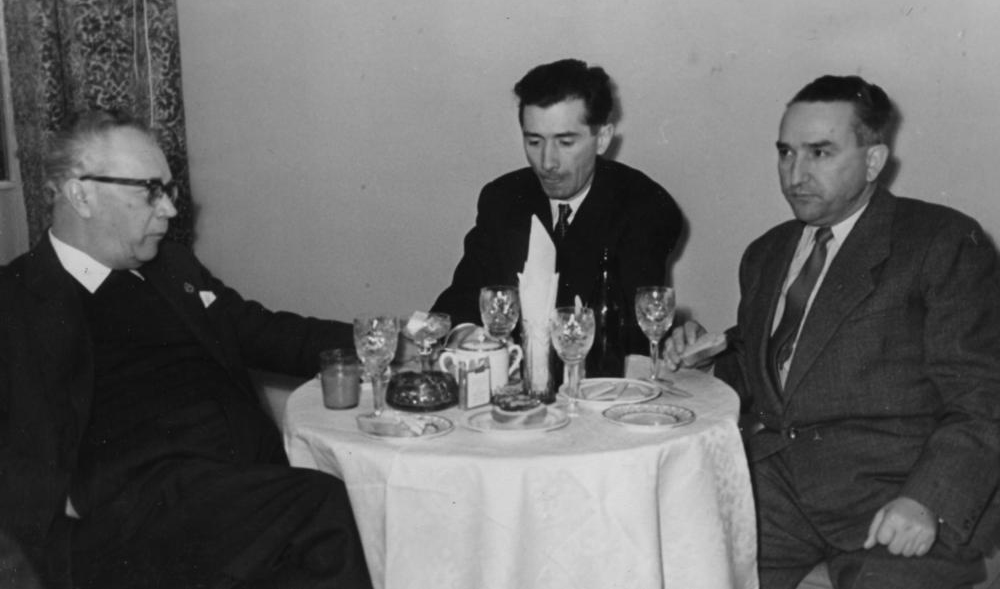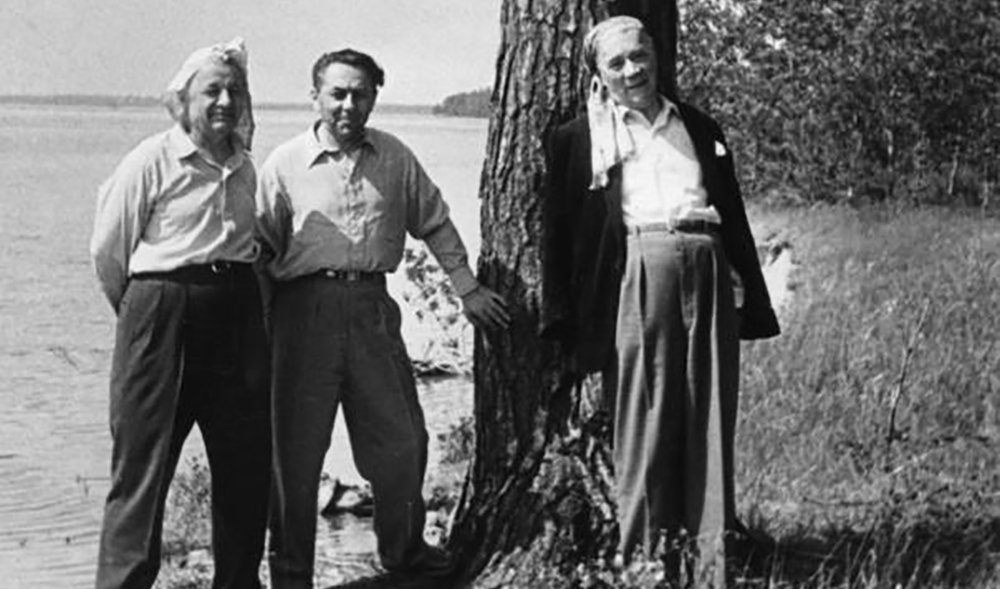Founding fathers: Horia Hulubei
News, 15 November 2022
On 15 November, the Joint Institute for Nuclear Research pays tribute to the prominent Romanian physicist Horia Hulubei (1896 – 1972). The Academician of the Romanian Academy of Sciences, Corresponding Member of the French Academy of Sciences and the Portuguese Academy of Sciences, he played an important role in the establishment of the Joint Institute for Nuclear Research and the development of its international cooperation, being the Plenipotentiary Representative of the Government of Romania to JINR and a member of the JINR Scientific Council.
His biography was connected to the organization of not only science but also aviation. His study was interrupted by the World War I. Horia Hulubei took part in the battles, first as a second lieutenant of the infantry and then as a military pilot of the French Air Force. After being seriously injured, he was awarded the Legion of Honour. He worked in civil aviation facilitating the launch of Romanian air traffic.
In 1922, he resumed his study and since then remained faithful to science. He conducted basic research, gave lectures at technical universities in Romania, and was an organizer of science. With his active participation, national scientific institutes and physics schools at universities were established.
Horia Hulubei was a student of a Nobel Laureate Jean Perrin, under whose supervision he defended his Doctoral thesis, with Marie Curie chairing the Doctoral Commission. H. Hulubei worked as Research Director at Perrin’s laboratory. He worked in France for many years – this experience allowed him, together with his colleagues, to establish and develop the first national laboratories of atomic and nuclear physics in Romania. In 1941 – 1944, he was the Rector of the University of Bucharest, and a few years later, he became founder and the first Director of the Institute of Atomic Physics (IFA) in Bucharest, Romania. He also established the first laboratory in Romania for research on the structure of matter. In 1947 – 1948, he was the Vice-President of the Romanian Academy of Sciences.
In science history, the name of H. Hulubei is connected to the development of X-ray spectroscopy. His works deal with a wide range of issues, such as combinational scattering of light, X-ray gas continua. He predicted and experimentally proved the multiple Compton scattering.
We should note that Horia Hulubei was not only a brilliant scientist, but also a dedicated professor and a person of high moral principles. His personality remains a role model for the Romanian community of physicists.
Horia Hulubei National Institute for R&D in Physics and Nuclear Engineering (IFIN-HH) in Romania is named after him. One of DLNP JINR alleys bears his name. Since 1992, there has been Horia Hulubei Foundation, which is non-governmental non-commercial organization created by a group of physicists. Many of them were his former colleagues and students. Since 2010, The UNESCO Chair on sustainable development and education in the field of modern physics has been operating at HHF.
